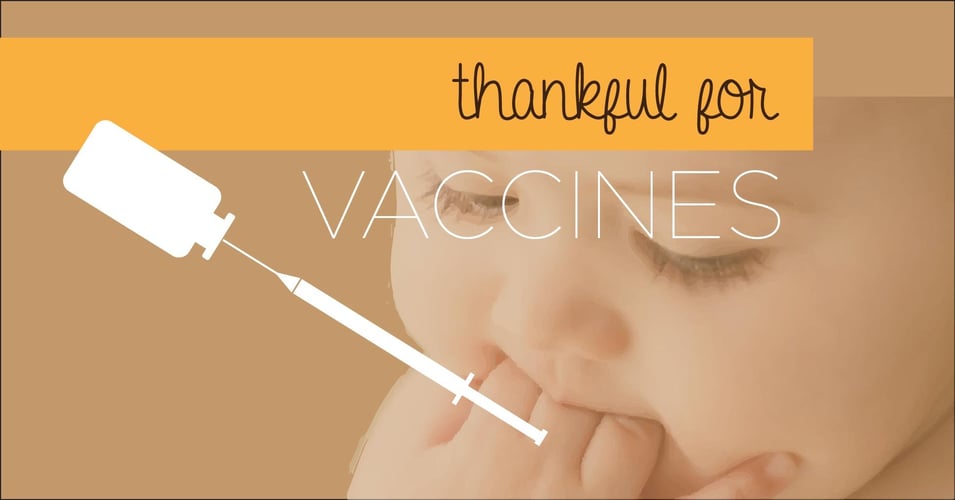What is Human Metapneumovirus? (And should we be worried?)

Human Metapneumovirus (hMPV) is a respiratory virus that can cause mild to severe illness, particularly in young children, older adults, and individuals with weakened immune systems. First identified in 2001, hMPV is part of the Pneumoviridae family and shares similarities with respiratory syncytial virus (RSV) and influenza. While hMPV infections are often underrecognized, they can lead to serious complications, including pneumonia and exacerbations of chronic lung diseases. Given its impact, infection control and prevention strategies are crucial, especially in healthcare settings and communal environments.
Transmission and Symptoms
hMPV spreads primarily through respiratory droplets when an infected person coughs or sneezes. It can also be transmitted via direct contact with contaminated surfaces. Once contracted, the virus typically incubates for 3-6 days before symptoms appear, which can include cough, nasal congestion, shortness of breath, fever, sore throat, wheezing or difficulty breathing in severe cases. Severe illness is more likely in high-risk populations, such as infants, the elderly, and immunocompromised individuals.
Infection Control Measures
Given the airborne and contact transmission of hMPV, infection control measures are vital in preventing outbreaks, particularly in hospitals, long-term care facilities, and schools. The following strategies can help reduce the spread:
- Hand Hygiene | Frequent handwashing with soap and water for at least 20 seconds is one of the most effective ways to prevent transmission. When soap and water are unavailable, an alcohol-based hand sanitizer with at least 60% alcohol should be used.
- Respiratory Etiquette | Covering coughs and sneezes with a tissue or elbow rather than hands, disposing of used tissues immediately, wearing a mask if experiencing respiratory symptoms
- Environmental Cleaning and Disinfection | Surfaces that are frequently touched, such as doorknobs, light switches, medical equipment, and bed rails, should be regularly disinfected using EPA-approved products effective against respiratory viruses.
- Patient Isolation | Contact and Droplet Precautions: Patients suspected or confirmed to have hMPV should be placed in isolation, preferably in a single room.
- Healthcare Precautions | Personal Protective Equipment (PPE): Healthcare workers should wear masks, gloves, and gowns when caring for infected individuals. Cohorting Patients: When single rooms are unavailable, cohorting infected patients together can reduce the risk of wider transmission.
- Airborne Precautions in High-Risk Settings | Although hMPV is primarily spread through droplets, certain medical procedures (such as intubation or suctioning) may generate aerosols, increasing the risk of airborne transmission. In such cases, airborne precautions, including the use of N95 respirators, should be implemented.
Prevention Strategies Beyond Healthcare Settings
Since there is no specific antiviral treatment or vaccine for hMPV, prevention remains the best defense. Outside of healthcare settings, individuals and organizations can take the following steps:
-
Encourage sick individuals to stay home to prevent community spread.
-
Improve indoor ventilation to reduce airborne viral load.
-
Promote seasonal awareness, as hMPV tends to peak in late winter and early spring.
-
Support overall immune health through adequate sleep, nutrition, and regular exercise.
The Role of Self-Sanitizing Surfaces in Infection Prevention
In addition to standard disinfection protocols, innovative infection control technologies, such as self-sanitizing surfaces, can play a crucial role in reducing viral transmission. Materials like EOSCU, which utilizes embedded copper technology, provide continuous biocidal activity, reducing the survival of pathogens on high-touch surfaces in healthcare and other high-risk environments. By incorporating these materials into hospital furniture, countertops, and medical equipment, facilities can enhance their infection prevention strategies.
Human Metapneumovirus is just one of many respiratory viruses that pose a threat, especially to vulnerable populations. While we may not always know what emerging illnesses lie ahead, the same fundamental infection control measures—such as hand hygiene, respiratory etiquette, environmental disinfection and biocidal surfaces —can help protect us from a wide range of pathogens. Planning ahead by implementing robust infection prevention strategies, including self-sanitizing surfaces, not only reduces the risk of known infections like hMPV but also strengthens our defenses against future, yet-to-be-identified threats. By adopting these proactive measures, we can create safer environments in hospitals, schools, workplaces, and our communities at large.
![EOScu Logo - Dark - Outlined [07182023]-01](https://blog.eoscu.com/hubfs/Eoscu_June2024/Images/EOScu%20Logo%20-%20Dark%20-%20Outlined%20%5B07182023%5D-01.svg)

![[infographic] Modes of Transmission Download and share!](https://no-cache.hubspot.com/cta/default/216314/interactive-178287789067.png)



